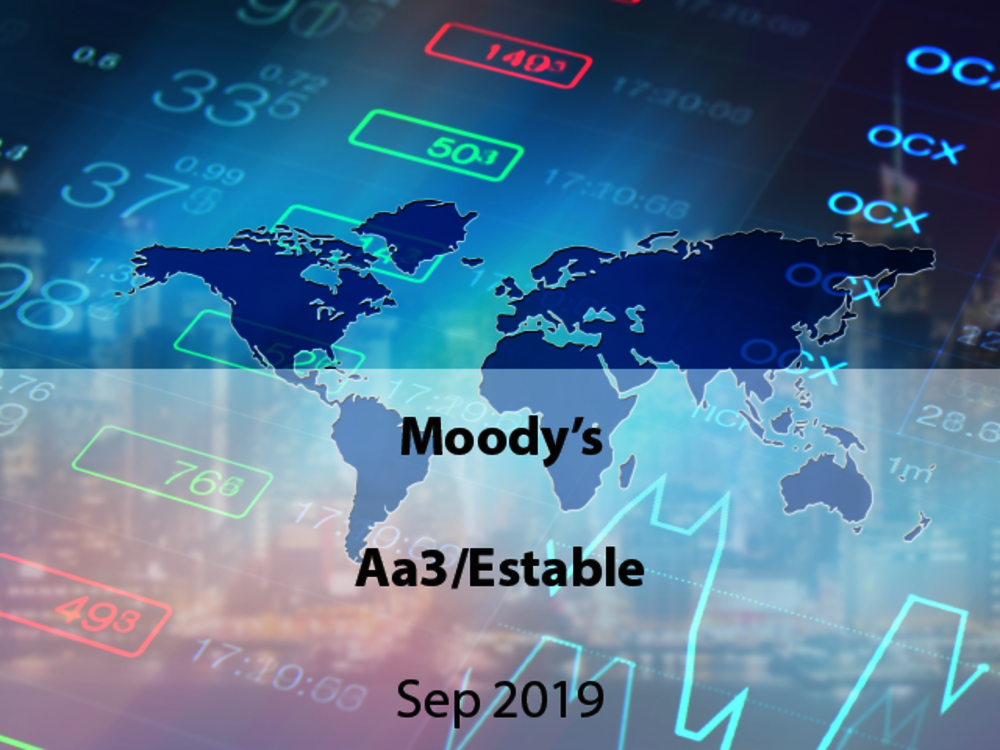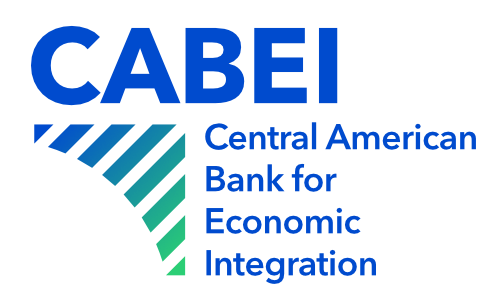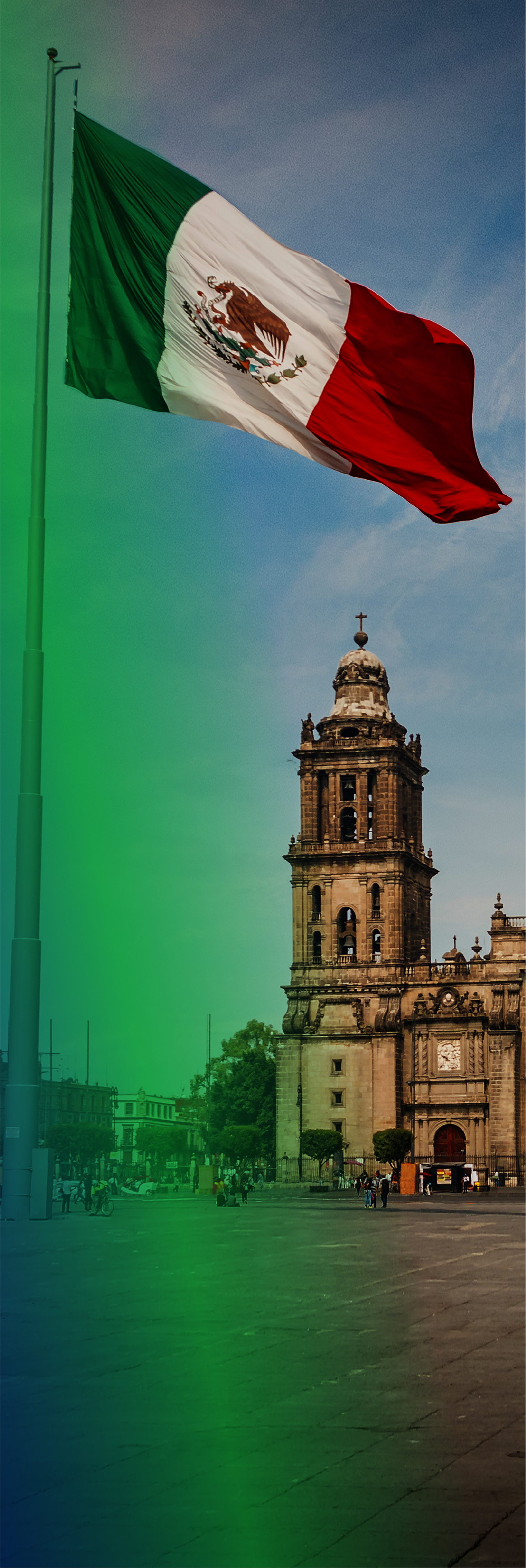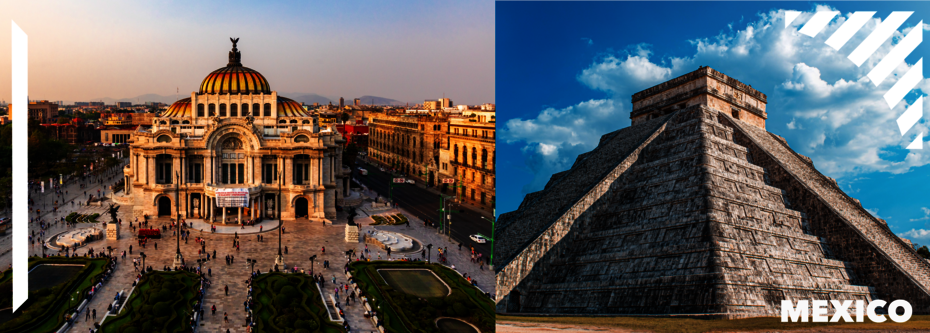Mexico has been a non-regional CABEI member since 1992 with an authorized stake of USD306.25 million in the Bank's share capital and capital contributions of USD76.56 million, ranking as the third largest shareholder within the group of non-regional members with 5.03%.
The contribution that Mexico channels to the Central American region through CABEI is based on various financial cooperation instruments with Banco Nacional de Comercio Exterior S.N.C. (Bancomext) for a total amount of USD520.8 million. The relationship between the Bank and this country was solidified in 2008 with the launching of the Central American Social Housing Development Program. It falls under the framework of the Mesoamerican Integration and Development Project (formerly Plan Puebla Panamá). Since that date, the Mexican government has made resources available to develop a sustainable market for long-term housing finance in the Central American region that addresses the housing deficit and future needs in this area. Throughout the Program's existence, 59 disbursements have been made through 14 intermediary institutions. In total, 192.7% of the initial financing available has been channeled, benefiting a total of 8,032 low- income households, which can now enjoy a more dignified home.
CABEI consolidated as the best credit risk in Latin America

Tegucigalpa, Honduras, September 18, 2019 - Moody’s Investors Service rating agency has increased the long-term international risk rating of the Central American Bank for Economic Integration (CABEI) by one (1) scale from “A1” to “Aa3” with a stable outlook.
According to the official statement issued by the rating agency, the aforementioned improvement was the product of the diversification and strengthening of the CABEI shareholder base, subsequent to its finalization of the incorporation process of the Republic of Korea and in line with its solid capital liquidity and adequacy indicators.
Regarding the incorporation of the Republic of Korea, Moody's highlighted that this country will become CABEI's second extra-regional member with the largest shareholding by means of the subscription of US$450.0 million, which is equivalent to 9.2% of the Bank's subscribed capital and increases CABEI capital subscribed by members with an “investment grade” rating from 32% to 38%. In addition, the rating agency stressed that such incorporation will further strengthen CABEI's capital position, while mitigating the key credit risks associated with possible deterioration in the credit quality of the region.
For his part, CABEI Executive President, Dr. Dante Mossi, stated that the risk rating improvement granted by Moody’s is the result of the successful incorporation of new highly qualified members. In that regard, Dr. Mossi highlighted the importance for the Bank to attract high-quality credit partner such as the Republic of Korea, which has generated a positive and immediate impact on the Bank's financial and business profile, while strengthening its institutional governance and improving the cooperation scheme benefits of agreements signed with Korean institutions in favor of its member countries.
Additionally, Moody’s highlighted the positive trend of the Bank’s capital adequacy and liquidity position due to changes in its asset and liability management policy, which has led to a strengthening of such factors. With respect to capital adequacy, the rating agency highlighted the approval of the Bank's eighth capital increase from US$5.00 billion to US$7.00 billion, as well as its loan portfolio diversification process. Regarding the liquidity of CABEI's position, Moody's highlighted the streamlining of its debt service coverage, which has generated a solid “aa2” indicator, pursuant to its evaluation methodology; it also focused on the Institution's funding quality, taking into account the diversification of its financing sources in terms of geography and investor type, as well as its favorable borrowing costs.
Along these lines, Dr. Mossi stressed that the eighth capital increase constitutes an indisputable sign of the support that member countries are granting to the Institution and the second capitalization process carried out by the Bank during the last decade. Likewise, he highlighted that the consolidation of all the Bank's ratings in the “AA” range consolidate CABEI as the best credit risk in Latin America, positioning it in an optimal position for accessing a broader investor base, including central and reserve banks in order to obtain even more competitive collection costs and also the issuance of a green bond with specialized investors.
Finally, Dr. Mossi indicated that the upward trend evidenced in this evaluation confirms his vision towards a fully integrated Central American region and demonstrates CABEI’s value and relevance as the region's financial arm. Throughout the last twelve (12) years, CABEI has consolidated its presence in the region by granting 47% of its total disbursements towards regional integration and development







